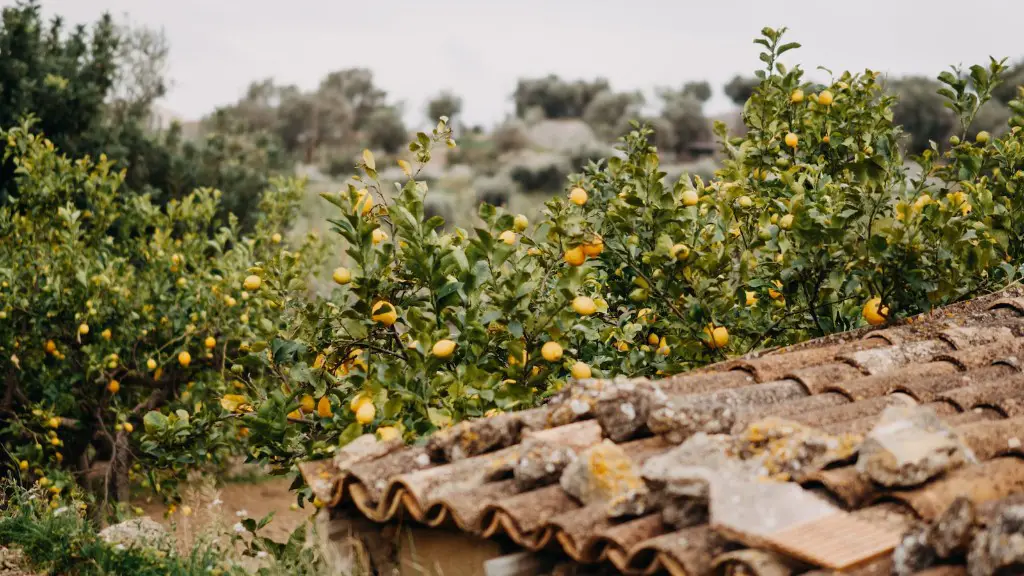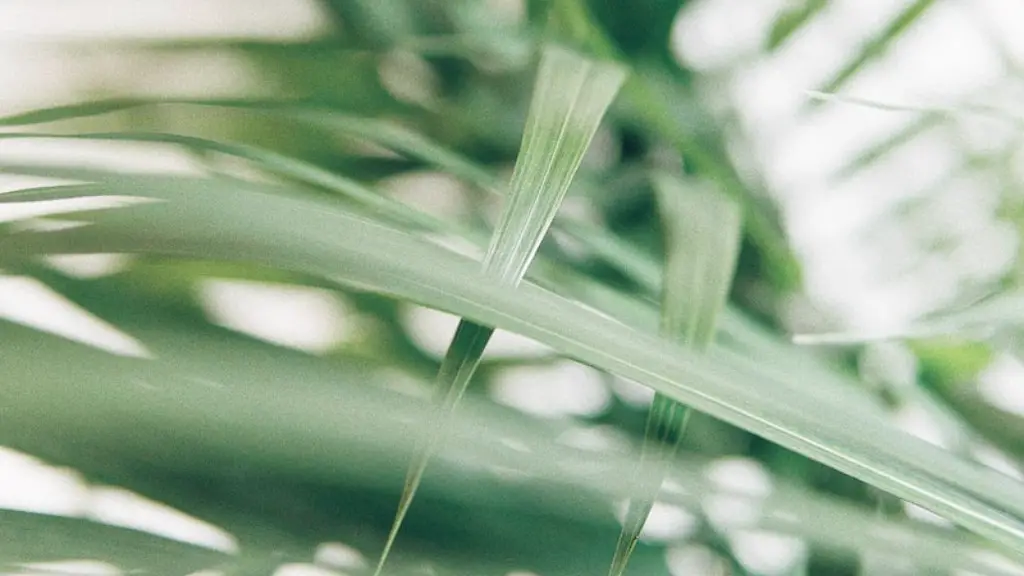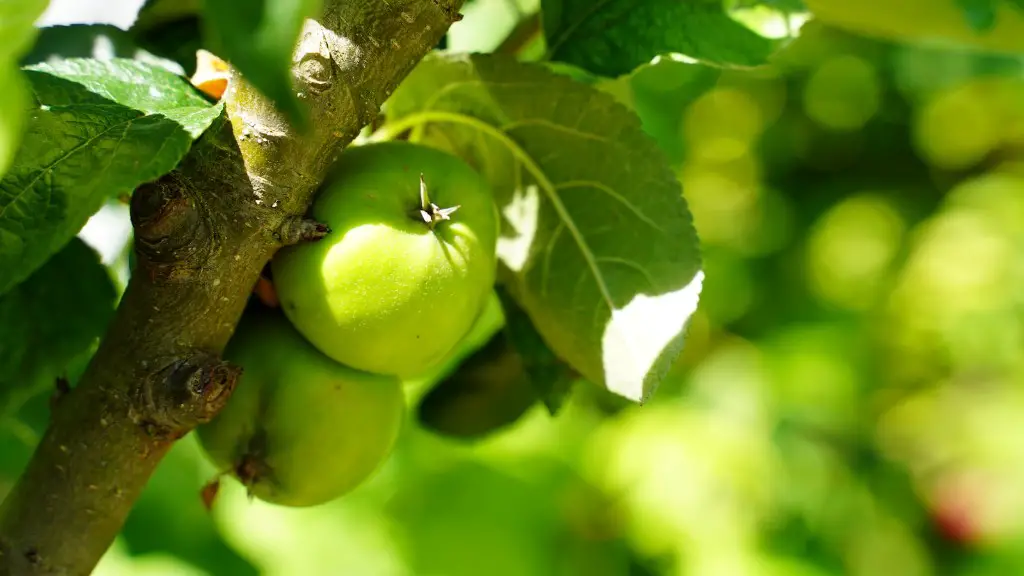When should you prune a lemon tree? Pruning a lemon tree is important to help it grow and produce more fruit, as well as keeping it healthy. It is important to know when the best time of year to prune your lemon tree is to get the most benefits. There are several key times during the year when you can prune a lemon tree to help promote growth and fruit production.
The first time to prune a lemon tree is in spring. The most recommended time is to prune your lemon tree in late March or April, as this is just before the new growth begins. Pruning at this time helps to shape the tree and encourage it to produce fruit. Pruning the tree at the right time in spring also helps the new fruit to form on the tree, as pruning helps reduce the number of flowers but increases the number of fruits.
The next time to prune a lemon tree is in summer. This can be done anytime, as there is no specific best time. Pruning in the summer helps to keep your lemon tree looking neat and encourages it to continue producing new fruit. Summer pruning also helps with removing any diseased or dead branches or leaves, ensuring the health of your tree.
The final pruning which should be done on your lemon tree is in Winter, or in late November or early December. Pruning in winter helps shape the tree and encourages it to begin growth again in the spring. It is also important at this time to remove any dead or diseased branches, as well as any branches which could be rubbing together as this can cause damage to the tree.
It is important to note that when pruning a lemon tree, it is not recommended to over-prune, as this can cause the tree to become weak and less productive, and can also leave it vulnerable to disease. It is also important to use the correct tools, such as clean and sharp secateurs, to ensure the correct shape is created and to avoid any damage to the tree.
What to Prune from a Lemon Tree
When pruning a lemon tree, it is important to know what to prune and what to leave. The main aim of pruning is to encourage healthy growth, as well as reducing the amount of fruit produced, so removing any dead or diseased branches is important. It is also important to remove any shoots or branches which rub together, as this can cause damage to the tree.
It is recommended that the main pruning be done on the branches which are high up, as this will help to shape the tree and create a better shape. These branches should be pruned back to two or three buds, as this will help to spur on new growth and reduce the amount of fruit produced. Lower branches should only be pruned if necessary, as this can weaken the tree.
It is also important to remember to remove any buds which appear directly opposite each other. If these buds are not removed, then it can result in branches rubbing together, which can cause damage. It is also important to remember to not prune the main framework of the tree, as this can make it weak and less productive.
It is recommended to prune the tree carefully, removing each branch individually and being careful not to leave any sharp or uneven shapes. This helps to encourage healthy growth and helps to keep the tree strong.
How Pruning a Lemon Tree Affects Fruiting
Pruning a lemon tree correctly can have a significant impact on the amount of fruit the tree will produce. Pruning correctly helps to reduce the amount of flowers the tree may produce, but increase the number of fruits, which can result in a better fruiting season. Pruning also helps to encourage the branches which are carrying fruit to produce more flowers, resulting in a larger yield.
Pruning also helps to keep the lemon tree at a manageable size and can help to reduce the number of dead and diseased branches. This helps to keep the tree healthy and encourages new growth, which in turn can help to create a better and more productive fruiting season.
It is important to remember that it is not recommended to over-prune a lemon tree, as this can weaken the tree and make it less productive. Pruning at the right time and in the right way can have a positive effect on the tree, helping to reduce disease and encourage healthy growth and a better fruiting season.
Advantages of Pruning a Lemon Tree in Spring
Pruning a lemon tree in spring is the most advantageous time of year. Pruning in spring helps to shape the tree and encourage new growth and more fruit production. Pruning also helps to remove any diseased or dead branches, ensuring a healthy tree.
Pruning in spring also helps to reduce the number of flowers, but increases the number of fruits, creating a larger yield. Pruning in spring can also help to prevent the tree from becoming too large or unmanageable, as well as encouraging new growth.
In addition to the benefits of pruning in spring, it is important to remember that any pruning which is done in spring should ideally be done just before new growth begins, as this ensures that the new growth will develop properly and help the tree to produce more fruit.
The Best Tools to Prune a Lemon Tree
When pruning a lemon tree, it is important to use the correct tools. The best tools to use are clean and sharp secateurs, as this helps to avoid any damage to the tree and helps to shape it. It is also important to wear gloves when pruning, as this helps to protect your hands from any sharp edges.
It is recommended to use a pruning saw for larger branches, as this helps to cut the branch cleanly and reduce the stress on the tree. It is also important to use a pruning knife to cut off any dead or diseased branches, as this helps to keep the tree healthy.
It is also important to use loppers to remove smaller branches which are too small for the secateurs, as this helps the tree to keep its shape and encourages new growth. It is important to remember to never cut a branch back to where it has no buds, as this can weaken the tree and cause it to become ill.
Precautions to Take During Pruning a Lemon Tree
It is important to take certain precautions when pruning a lemon tree. It is recommended to only prune the tree when it is dry, as pruning a wet tree can cause more damage and make it more vulnerable to disease. It is also important to only prune the tree when the sun is low, as this helps to avoid damage from strong sunlight.
It is important to make sure that the correct tools are used when pruning, and to ensure that the tools are clean and sharp. It is important to also avoid over-pruning, as this can weaken the tree and leave it vulnerable to disease. It is also important to remember to remove any dead or diseased branches, as well as any branches which rub against each other.
It is important to remember to shape the tree when pruning to encourage healthy growth, as well as removing any shoots or branches which rub together. It is also important to remember to not prune the main framework of the tree, as this can weaken the tree and make it less productive.
How Often to Prune a Lemon Tree
It is recommended to prune a lemon tree each season. Pruning in spring encourages new growth and helps to reduce the amount of flowers while increasing the number of fruits on the tree. Pruning in summer helps to keep the tree looking neat, as well as removing any diseased and dead branches. Pruning in winter helps to shape the tree and encourages new growth in the spring.
It is important to remember when pruning a lemon tree that it is not recommended to over-prune, as this can make the tree weak and less productive. It is also important to use the correct tools, such as clean and sharp secateurs, to ensure the correct shape is created and to avoid any damage to the tree.
Pruning a lemon tree correctly can have a significant impact on the amount of fruit the tree will produce, as well as improving the tree’s health. It is important to take precautions when pruning the tree and to remember to only prune the tree when it is dry, and with the correct tools.





